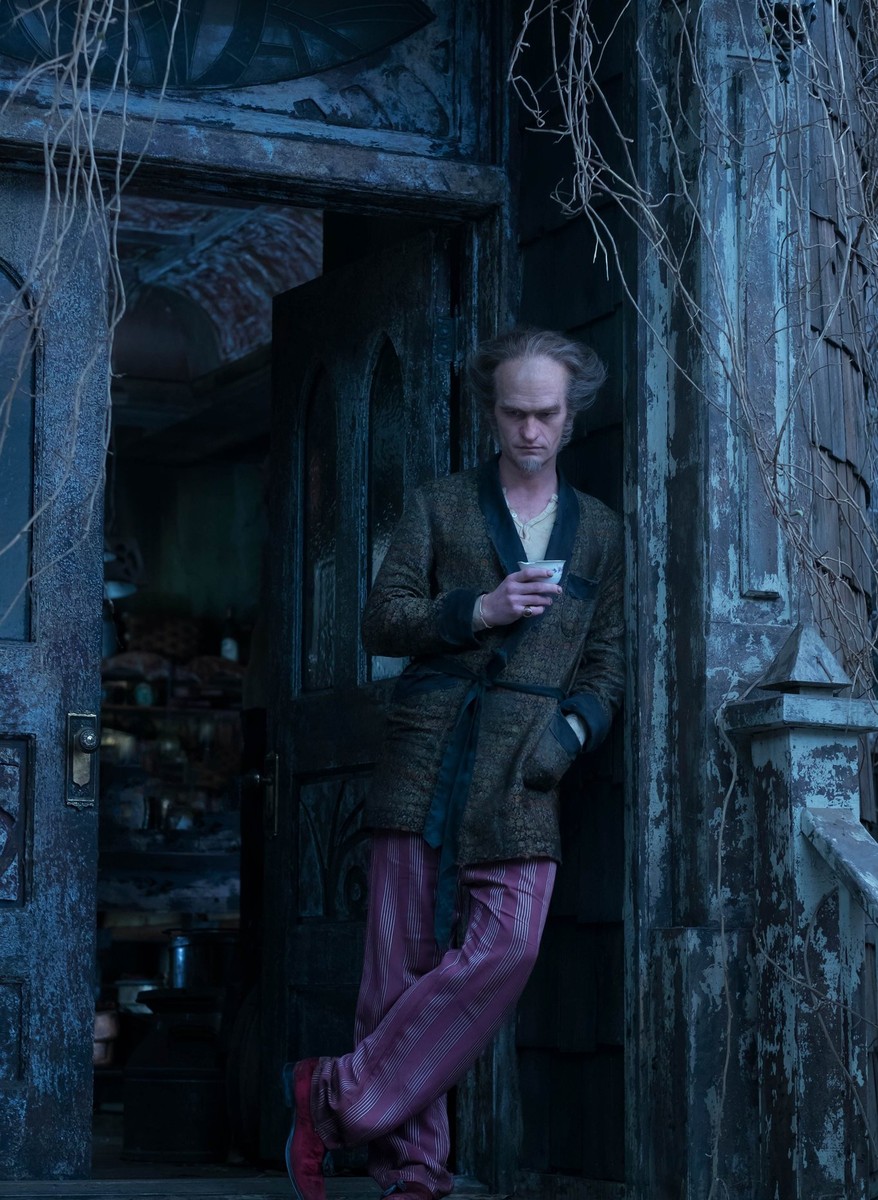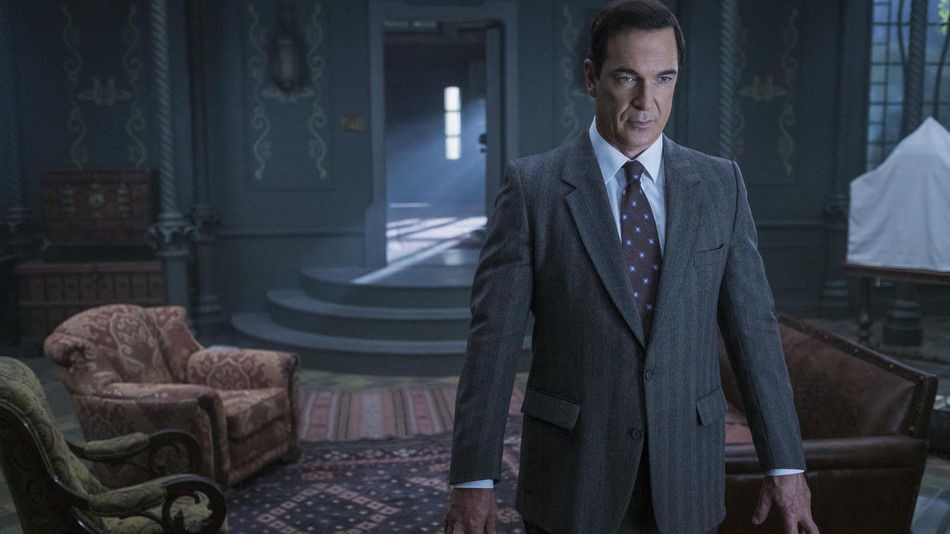The Key to a Series of Unfortunate Adaptations
Originally published on TheScriptLab.com
Look away, look away. This article will wreck your evening, your whole life, and your day; every single word is nothing but dismay, so look away.
When comparing the most recent television adaptation of “A Series of Unfortunate Events” with the 2004 movie of the same name, it’s almost laughable. Jim Carrey as Count Olaf? Splitting the first book in half and shoving the second and third in the middle? Meryl Streep?
Well, as Lemony Snicket might put it, I regret to inform you that the Netflix adaptation of the beloved series is far superior to the film version from the early 2000s.
Actually, I don’t regret it at all — watching Netflix’s adaptation is an absolute treat. Casting Patrick Warburton as the narrator Lemony Snicket and Neil Patrick Harris as Count Olaf was pure genius, the production design is a feast for the eyes, and the storytelling structure is fantastic.
And the key to the show’s success? It knows when to stray from novels and when to stick to them.
The proof comes in the form of tone. A movie’s tone is the sum total of a number of things — casting, writing, production value, editing, and so on and so forth. The tone in the Netflix adaptation and the original book series is remarkably similar, while the 2004 movie got lost somewhere in the adaptation process and wound up damn close to cheerful.
Jim Carrey’s portrayal of Count Olaf may be funny, yes, but it isn’t at all like the character in the books. While outlandish and amusing at times, the Count Olaf in the books was also terrifying, manipulative, and violent. Carrey’s performance never strikes the chord between the many facets of Olaf’s personality, but Neil Patrick Harris’ turn as Olaf is quite the opposite. And given that Olaf is the antagonistic force in every episode of the Baudelaire children’s’ lives, his presence is crucial in setting the tone.
With the 2004 movie, the decision was made to split the events of the first novel in half and use them to bookend the events of the second and third novels. While inventive, this structure left no room for continuation — and the whole point of “A Series of Unfortunate Events” is that it’s just that, a series. One thing leads to the next, leads to the next, infinitum.
When Daniel Handler (err, Lemony Snicket) wrote the books, he constructed an intricate web of circumstances, details, and consequences that led the Baudelaire children on their series of unfortunate events. The deviation in that structure, plus the attempt to shove three books worth of events and information into a single feature film, completely deconstructs that web.
On the other hand, the Netflix adaptation took a different (read: better) approach by devoting two 50-minute episodes to each book, allowing plenty of time for character arcs, plot development, and the inclusion of all those rich details in the written series.
This isn’t to say that Netflix hasn’t made their share of changes — they absolutely have. There are new characters in the TV show (Jacquelyn, Will Arnett & Cobie Smulder’s characters), some characters get bigger roles (Mr. Poe), and others have been completely reworked for new arcs (Olivia Caliban).
The Netflix adaptation also made way for a larger role for Lemony Snicket (the character) from the very beginning of episode one. Patrick Warburton’s wry, monotone narration leads viewers through each episode — acting as both a storytelling device and a way to keep the overall tone consistent. Through Warburton’s character, the adaptation is able to keep some of the most unique storytelling aspects from the books — the explanation of certain words and phrases, ironic foreshadowing, and Snicket’s own presence as a character in the story. Jude Law’s turn as Lemony Snicket in the 2004 movie pales in comparison.
Finally, the television adaptation achieves something that just isn’t possible in a single movie: it hints at the larger, intriguing plot from early on. The story of the Baudelaire’s is entwined with that of a mysterious spy organization called the VFD, which is slowly revealed through the 13 novels of the book series. In the TV show, for the simple fact that the book series has already concluded, Netflix is able to sprinkle clues through each episode and introduce the idea of the VFD much earlier on. The movie, with a running time of just 108 minutes, didn’t tackle the VFD at all.
I’ll leave you with a final thought to ponder: the scribe of the original series, Daniel Handler, is credited as the writer of eight of the 18 total episodes in the first two seasons of “A Series of Unfortunate Events.” Unlike the 2004 movie — which he was removed from before production began — Handler’s effect on the Netflix television adaptation is palpable.
Netflix’s success with “A Series of Unfortunate Events” begs a question: Is it better for writers to be intimately involved with the adaptations of their own work for the simple reason that they know the material best? It is a question neither you nor I can answer, one left up to the powers that be in the entertainment industry.
I do not own any of the images featured in this post.







